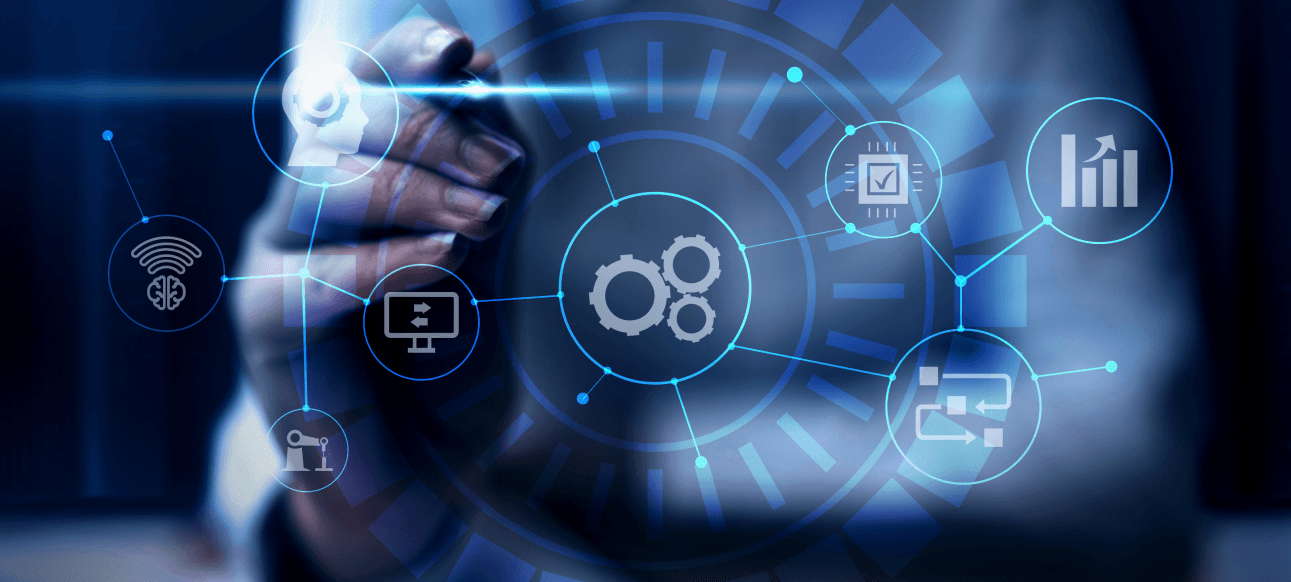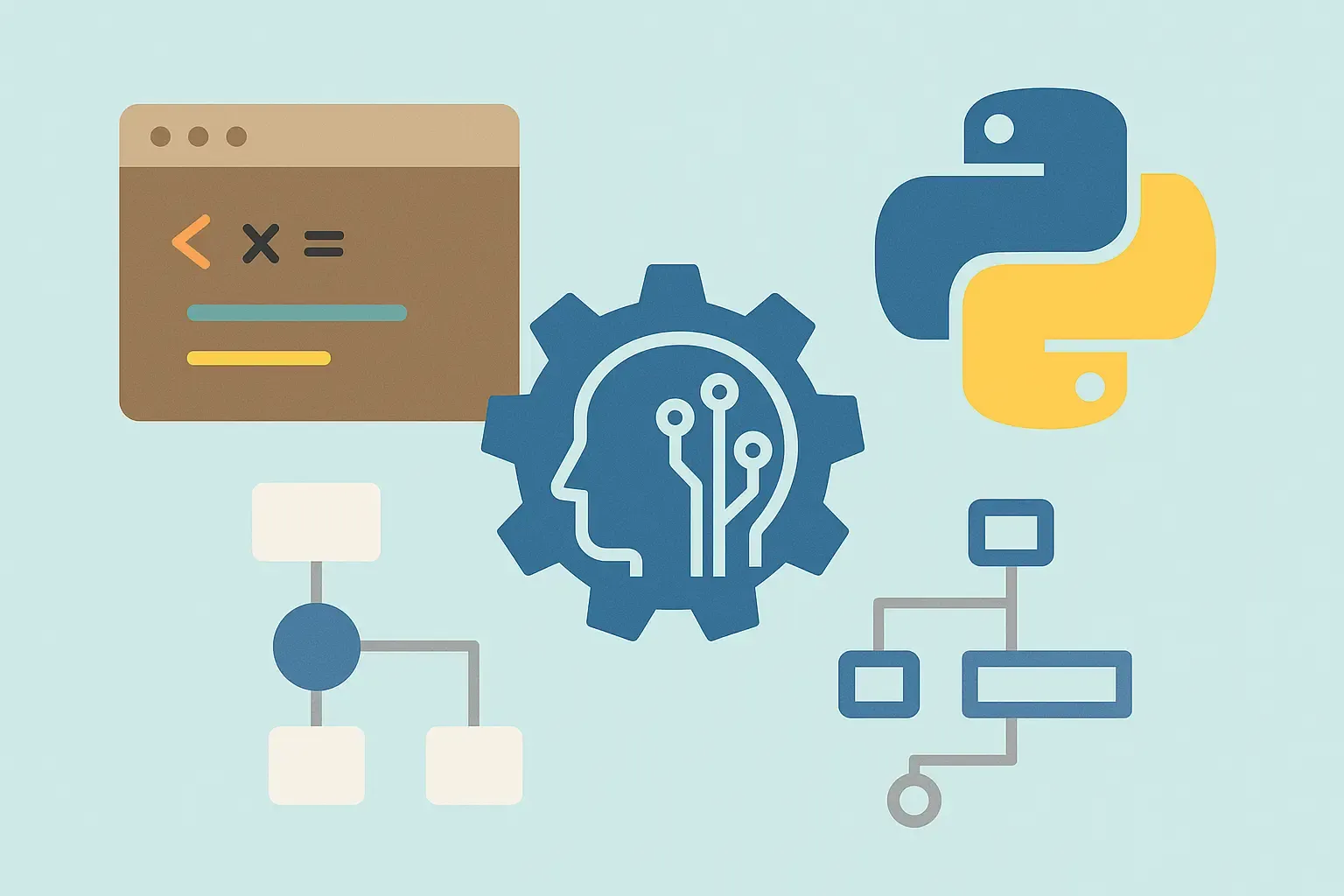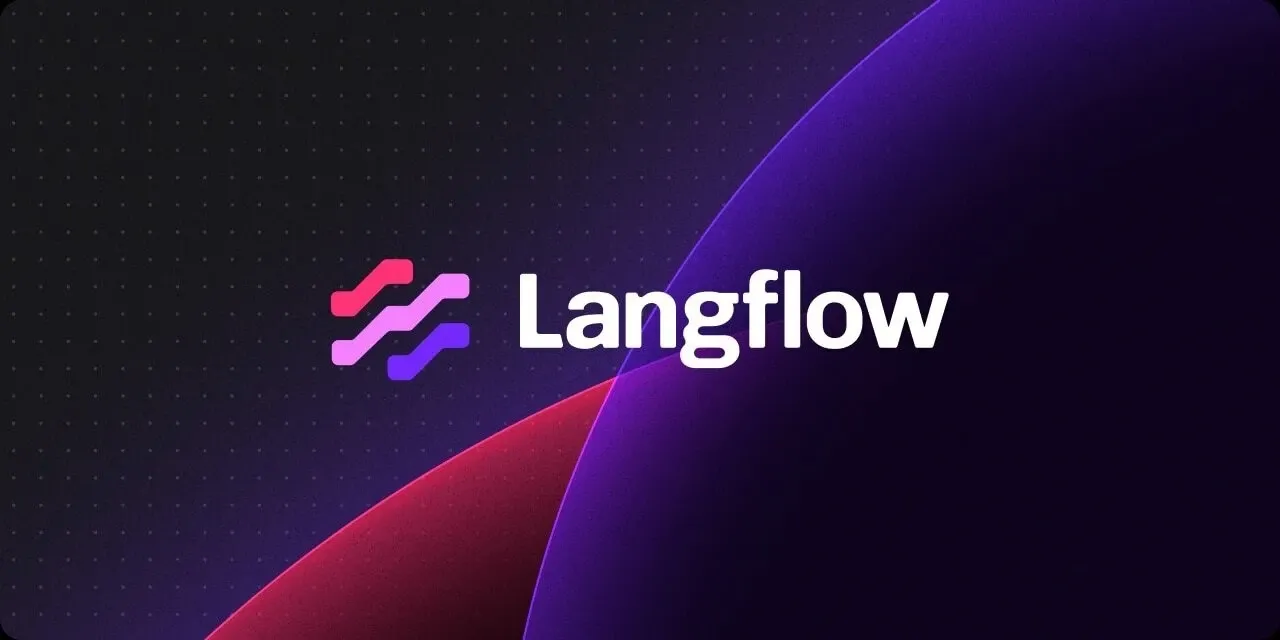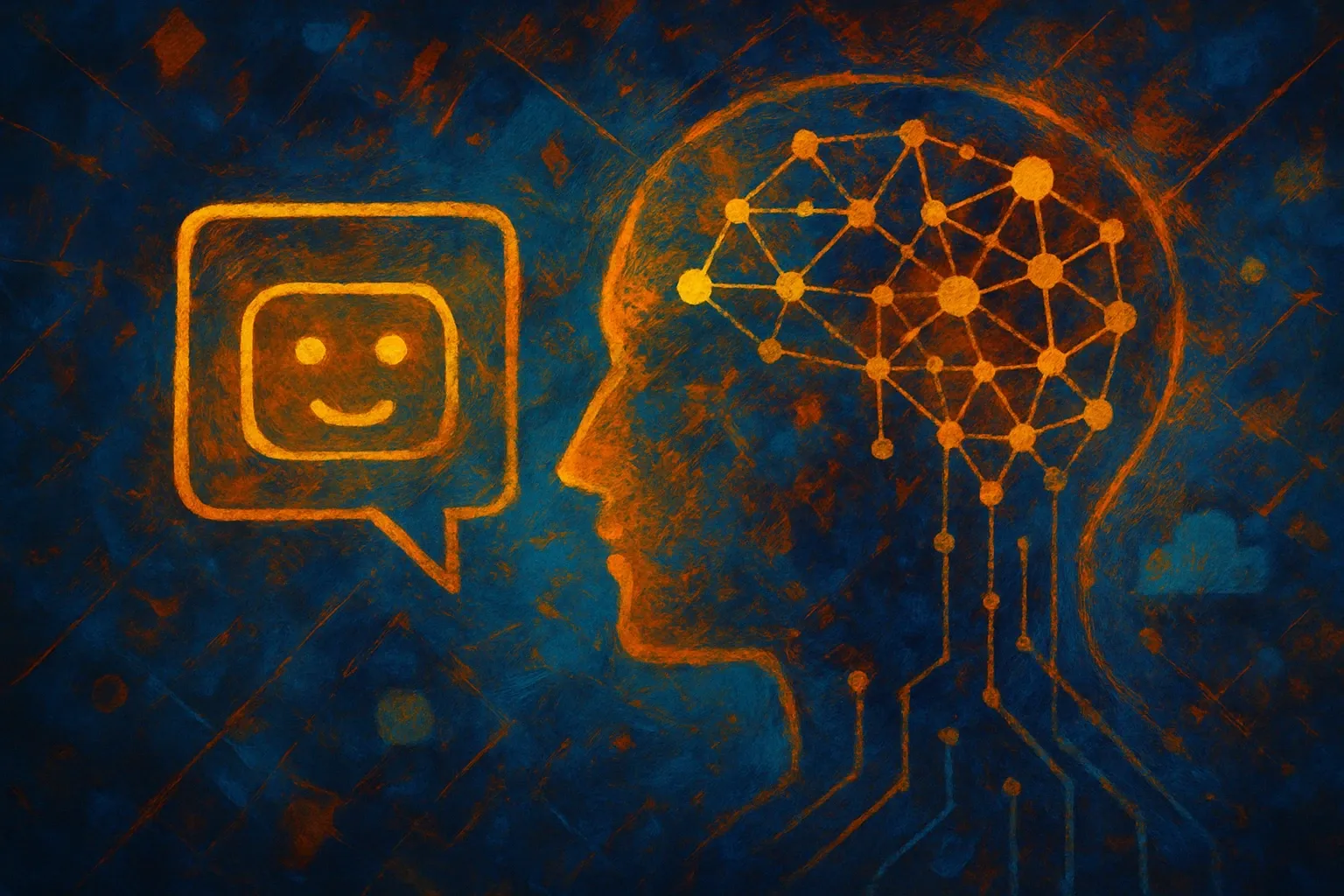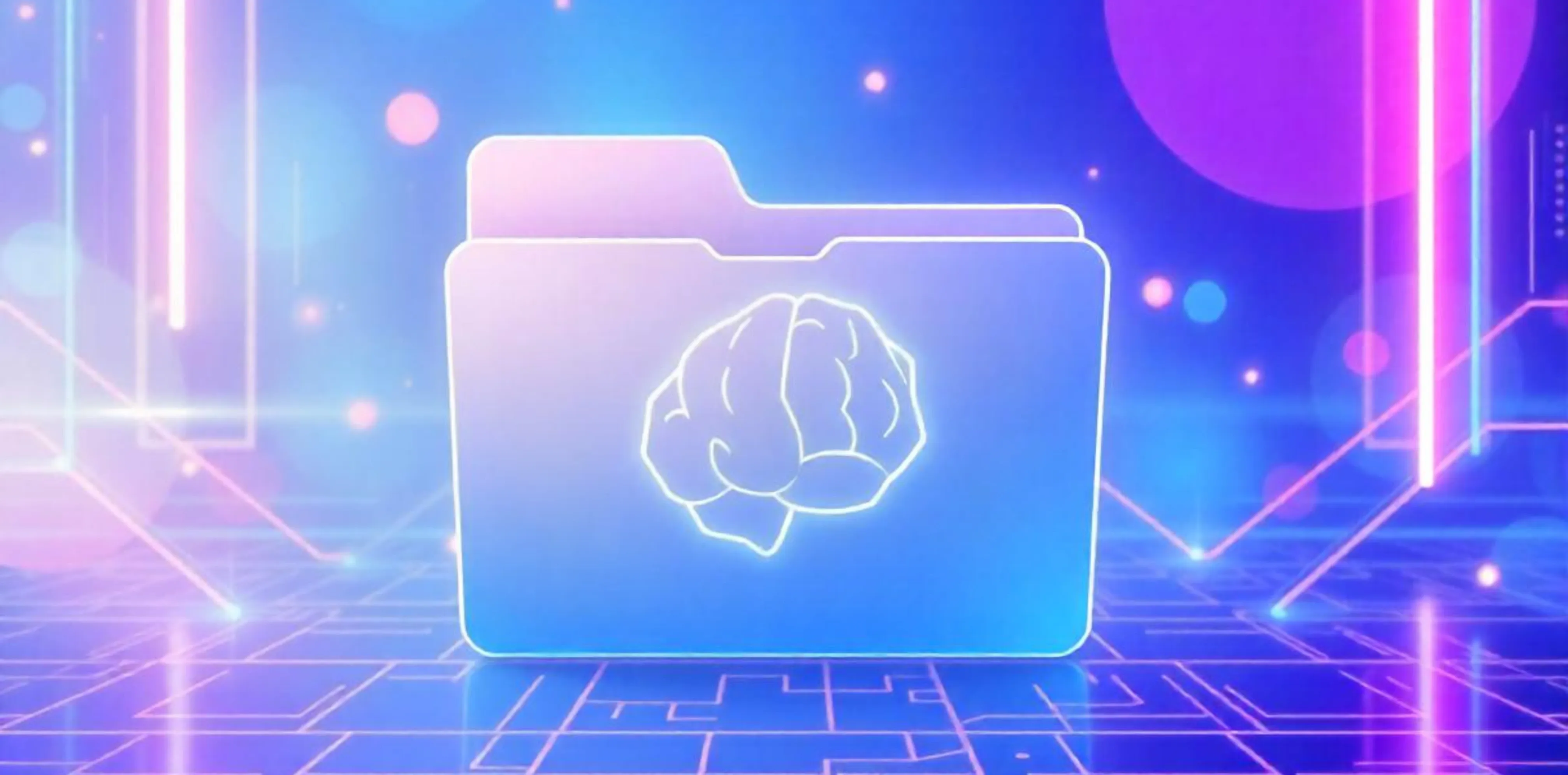Large Language Models (LLMs) have become a transformative force within the enterprise landscape to enhance business efficiency and gain a competitive edge. LLMs trained on massive datasets excel at identifying patterns and generating text, but they can struggle with the inherent complexities of human communication, particularly when it comes to understanding the deeper meaning and context behind a user query. This is where Retrieval-Augmented Generation (RAGs technology emerges as a powerful tool for enhancing an LLM’s semantic understanding.
What are the Limitations of Traditional LLM Approaches
Traditional keyword-based search systems face numerous challenges, including speed and efficiency issues that hinder quick and effective results delivery. These systems often struggle with relevance, as they primarily rely on exact keyword matches without considering the context of search queries. They struggle to recognize similar words and terms, have difficulty handling spelling mistakes, and find it challenging to understand unclear questions. Furthermore, traditional databases handling extensive data sets may encounter high latency, resulting in slower processes and increased costs for information storage and retrieval.
For example, if an IT professional wants to find the best ways to improve database speed and reduce costs in a cloud environment, they might use keywords like “database performance” or “cloud database optimization” in a traditional search. However, these queries may not capture their specific needs related to the problem at hand due to relying on exact keywords without considering the context. This challenge can be tackled using RAG models, which consider the context of the query for more precise results. The following section presents a solution to the limitations of traditional LLM approaches by utilizing RAG, effectively addressing the issue outlined in the example.
What are the Powers of Semantics within RAGs?
Contextual Understanding of User Queries
RAG technology addresses this limitation by introducing a layer of semantic understanding. It goes beyond the surface level of keywords, by interpreting the context of the terms in a query, resulting in a more nuanced and accurate retrieval of information that meets the user’s specific needs. In the context of RAG, semantic search serves as a refined tool, directing the LLM’s capabilities towards locating and utilizing the most important data to address a query. It sifts through information with a layer of comprehension, ensuring that the AI system’s responses are not only accurate but also contextually relevant and informative. This is achieved through a two-pronged approach:
Using a Knowledge Base: Similar to how a human might draw on past experiences and knowledge to understand a situation, RAGs retrieve relevant information from a vast external knowledge base to contextualize user queries. This knowledge base can be curated specifically for the LLM’s intended domain of use, ensuring the retrieved information is highly relevant and up-to-date.
Contextual Analysis: The retrieved information is then analyzed by the RAG’s component. This analysis considers factors such as user intent, the specific situation, and even industry trends. By taking these factors into account, the RAG’s component can provide the LLM with a richer understanding of the query, enabling it to generate more accurate and relevant responses.
Considering the previous example of the IT professional looking to improve database speed and reduce costs in a cloud environment, they might pose a query to the RAG system such as: “Recommend strategies to enhance database performance while minimizing costs in a cloud-based infrastructure.” With semantic understanding, the RAG system interprets the context of the query, identifying synonyms and related concepts. Consequently, the system might retrieve articles covering various techniques such as query optimization, data caching, and resource allocation in cloud environments even if those specific terms weren’t explicitly mentioned in the query. This broadens the scope of relevant information available to the professional, empowering them to explore diverse strategies for addressing their specific needs effectively.
Semantic Chunking of Text
Semantic chunking is another method that enhances contextual understanding in LLMs. It is used to group together sentences or phrases in a text that have similar meanings or are contextually related. It’s like organizing information into logical sections to make it easier to understand. In the context of RAG, semantic chunking is important because it helps break down large amounts of text into manageable parts, which can then be used to train and improve language models.
Here’s how semantic chunking works in RAGs:
- ● First, the text is split into individual sentences or smaller segments.
- ● Then, these segments are analyzed to find similarities or connections between them using special tools called embeddings. These embeddings help identify which sentences are related to each other in terms of meaning or context.
- ● Once the related segments are identified, they are grouped together to form coherent chunks of text. This process is repeated iteratively until all the text is organized into meaningful sections.
How RAGs Enhance the Potential of Enterprise LLMs
The synergy between RAGs and LLMs represents a significant leap forward in enterprise AI applications. Here are some key benefits that businesses can expect to reap by leveraging RAGs and LLMs:
Domain-Specific Responses: RAG technology enables LLMs to generate responses based on real-time, domain-specific information. Through this capability, LLMs can deliver responses that are precisely tailored to an organization’s proprietary or domain-specific data. This customization ensures that the model’s outputs are not only relevant but also highly useful, thereby enhancing its overall effectiveness.
Reducing LLM Hallucinations: The accuracy and relevance of contextual information significantly reduce the likelihood of LLMs generating erroneous or contextually inappropriate responses. The GenAI Database Retrieval App by Google showcases a method for minimizing hallucinations in LLMs by employing RAG grounded in semantic understanding. By retrieving data from a Google Cloud database and augmenting prompts with this information, the app enhances the model’s contextual understanding, reducing the likelihood of generating misleading responses. This technique mitigates the limitations of LLMs by giving access to data it didn’t have when it was trained and enhances the accuracy of generated content.
Enhancing Scalability and Cost-Efficiency: By maintaining a dynamic knowledge base, custom documents can be effortlessly updated, added, removed, or modified, ensuring that RAG systems remain current without necessitating retraining. LLM training data, which may be incomplete or outdated, can be supplemented with new or updated knowledge seamlessly using RAG, eliminating the need to retrain the LLM from scratch, leading to cost-efficiency.
An innovative knowledge management model that exemplifies these principles is AI Fortune Cookie, a secure data visualization tool using Gen AI that revolutionizes how enterprises handle data retrieval and data analytics. Using customized LLMs, AI Fortune Cookie enables employees to query internal and external data sources through natural language, breaking down data silos and integrating enterprise data into scalable knowledge graphs and vector databases. This enterprise data integration ensures seamless access to up-to-date information while preserving data security. With robust retrieval-augmented generation (RAG) and advanced semantic layers, this data visualization tool enhances the accuracy and relevance of responses, driving informed decision-making. This approach minimizes the need for constant retraining of LLMs, reducing costs associated with maintaining large-scale models, and optimizing performance of the data visualization tool without compromising on security or accuracy.
The integration of RAG technology with LLMs holds immense promise for transforming enterprise AI applications. By enhancing semantic understanding, addressing traditional limitations, and enabling domain-specific responses, RAGs and LLMs offer businesses unprecedented opportunities for efficiency, accuracy, and scalability.
Are you interested in exploring how RAGs and LLMs can empower your business? Random Walk offers you Fortune Cookie, a secure knowledge model and data visualization tool powered by generative AI, designed to enhance enterprise communication, content creation, business intelligence and reporting and data analysis. Contact us today to schedule a consultation and learn how we can help you unlock the full potential of AI for your organization.
